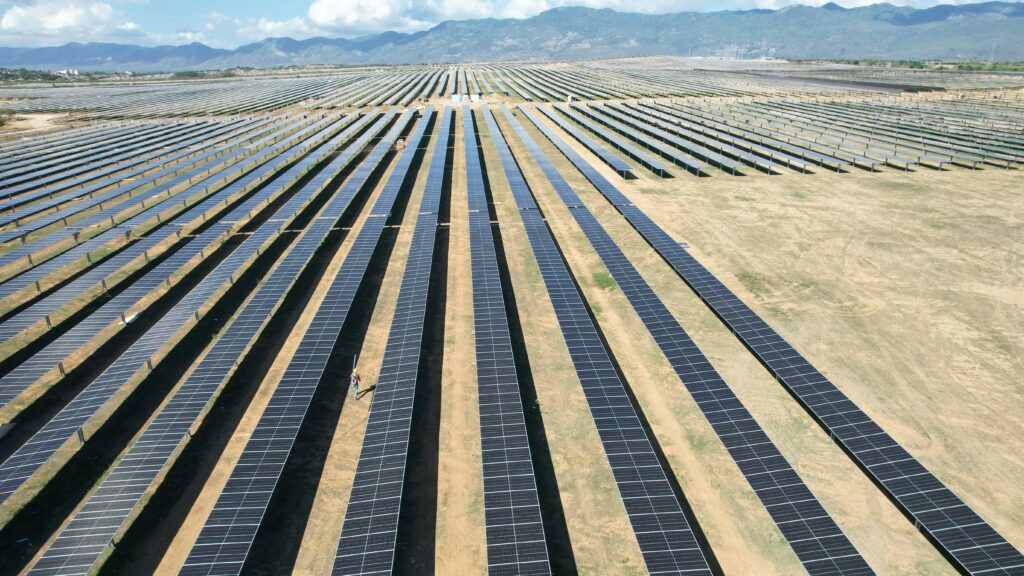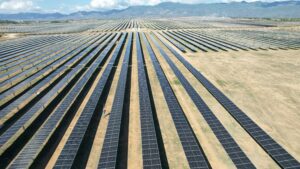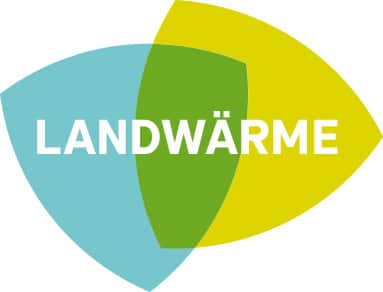Incentives to cleantech investments in the sustainable transition

Should we wage a subsidy war or seize the opportunity for “coopetion”?
by Stephania Mosquera López and Macarena Larrea Basterra, Orkestra
The financing needs for the transition to environmental sustainability, translated into investment in cleantech, are very high, and significant gaps are to be filled worldwide. To bridge these gaps, various investment incentives exist, which can be economic and financial, fiscal, market, regulatory and others. The primary purpose of these incentives is to promote investment in cleantech, many of which are not mature, and to develop high-risk projects, as well as to support vulnerable communities and encourage private investment, which ultimately has the means to achieve the financing goals.
Indeed, incentives, especially fiscal incentives, are common and expected to correct market failures such as externalities and other risks associated with investment (i.e. political, regulatory, technological, etc.).
While countries have been implementing policies to transition to an environmentally sustainable economy for some time, the US Inflation Reduction Act (IRA) has sparked a flurry of responses since its announcement in 2022. These responses have taken the form of economic-financial or legislative incentive packages, such as Powering up Britain, the European Net Zero Industrial Act or the Budget 2023
A Made-in-Canada Plan: Strong Middle Class, Affordable Economy, Healthy Future.
However, designing these incentives or packages is not simple because it is multidimensional and involves determining: (i) who receives the incentives, (ii) who grants them, (iii) when they are received, (iv) what is received, (v) why they are received (this means the conditions for obtaining them), and (vi) how they are implemented and monitored.
The EU, as a regulatory specialist
According to Larrea Basterra & Mosquera López (2024) the EU mainly employs economic, financial, and regulatory incentives. Regulation, in fact, is a critical issue that is the subject of debate and criticism due to over-regulation, which may jeopardise the EU’s leadership vis-à-vis other countries such as China or the US.
The EU has also pioneered, in the wake of the Kyoto Protocol, the creation of a GHG emissions market, the EU ETS, as well as a border carbon adjustment mechanism to level the playing field in environmental matters of EU companies subject to stringent environmental regulation and the EU ETS against competitors from third countries that are not subject to regulation of this nature and level of stringency, protecting the environmental competitiveness of EU industry.
The EU shows few tax initiatives at the EU level due to the limited scope for EU competence in this area compared to others and where each country has preferred to keep its tax policy competencies to itself.
Is the IRA and its tax credits a model to be replicated?
For its part, the US primarily uses tax instruments, most notably tax credits in its Inflation Reduction Act (IRA), but also economic incentives to cover issues that tax credits cannot address (e.g., subsidies for disadvantaged groups) and other market mechanisms such as net metering, net billing, or RPS for renewable energy at the state level. Tax credits can take the form of investment tax credits (ITC) or production tax credits (PTC).
While the EU is calling for a shift towards these types of incentives, especially tax credits, due to their ease of access and understanding (Packroff, 2024) (in fact, European companies are emigrating to the US to develop their activity there and benefit from these incentives), on the other side of the Atlantic, difficulties are observed in accessing US tax credits due to a lack of knowledge of the mechanisms used (Leiserowitz et al., 2023). Furthermore, tax credits are seen as an incentive supporting an international subsidy race that violates WTO principles (Kleimann et al., 2023).
The EU vs. the US
The US IRA differs fundamentally from the EU’s Green Deal as an industrial policy and response to climate change. The EU quantifies numerous climate targets to set strict limits on GHG emissions along with broad and deep regulation that makes investment difficult. However, the US aims to develop new technologies that mitigate climate change competitively against conventional technologies through tax credits (the duration of which is tied to meeting the IRA’s emission reduction targets) and market incentives rather than strict regulation as in the EU.
Also noteworthy is Europe’s commitment to expanding and issuing public debt to meet the targets instead of using contractionary fiscal policy to finance the IRA’s tax incentives. However, the final amount of the tax incentives in the US is partially predetermined, as it depends on the reception of the incentives among agents, so it is not guaranteed that the country will not have to issue debt to finance the tax credits.
Subsidy war
The size of the incentives is another relevant issue when setting them, given that large volumes of investment are required. However, it is crucial to avoid a race or war of incentives, which is challenging to maintain in the long term, can harm all countries in one way or another and to a greater or lesser extent, and jeopardises international trade rules (Kleimann et al., 2023).
China’s policy, as the ultimate exponent of the prolonged use of high incentives that lack transparency at the international level and where there are doubts as to whether they comply with WTO commitments, is leading to such high levels of production of certain goods that they end up flooding the markets with products at prices below the production costs of other countries, pushing companies to close down in other territories and even deteriorating China’s economy in the long term.
The response to this situation through the development of protectionist incentives, where specific domestic production criteria can increase incentive volumes, as in the case of the US IRA, only aggravates tensions between countries due to possible violations of international trade rules, increasing geopolitical tensions.
In this context, the EU shows specificities related to the state aid regime that was adopted in the Treaty on the Functioning of the European Union (TFEU) and modified by the Temporary Crisis and Transition Framework. This regime allows g member states to provide the necessary incentives for decarbonisation and reduction of their dependence on fossil fuels.
This makes support ceilings conditional on Member States` financial capacity, which may lead to a fragmentation of the internal market and harm other countries. The relaxation of the state aid regime benefits countries with more financial resources, such as Germany, which accounts for almost half of green subsidies, tax incentives, preferential loans, and risk guarantees, compared to nearly a quarter in France (Stokes, 2024).
In general, providing disproportionate incentives across territories has negative consequences for those who do not have sufficient resources to offer and those who do, as large volumes of long-term incentives deteriorate the public finances of states and can generate undesirable distributional impacts.
Moreover, the resources used are public and can have different origins, mainly tax revenues or debt issuance. In both cases, citizens are ultimately the providers of the funds and therefore, governments are responsible for adequately using these scarce resources.
Opportunities for “coopetion”
It is important to note that incentives affect not only the economy, industry, people’s welfare, and the competitiveness of the territory where they are implemented but also the international landscape. For example, they can promote the migration of companies to territories with better incentives or lower energy prices (a possible consequence of developing incentives), as is happening in the US, which, after the IRA, has become much more attractive for cleantech companies.
Because the goal of mitigating global warming is common and cuts across countries´ economic and financial interests, the need to close the financing gaps for clean technologies to decarbonise the global economy must be met based on cooperative frameworks that create a level playing field and allow countries and territories to work together in an area of fair competition.
This cooperation and collaboration should aim to optimise the resources available to each territory, streamline the implementation of incentives and coordinate programmes to avoid subsidy spirals that can create geopolitical risks and ultimately make it more difficult to achieve the goal of a sustainable development for countries focused on the well-being of people. Progress must, therefore, be made in the implementation of incentives and support programmes based on “coopetition” schemes, where competition and cooperation between countries make it possible to achieve climate neutrality as soon as possible.
References
Kleimann, D., Tagliapietra, S., Zettelmeyer, J., Poitiers, N., Sapir, A., Véron, Ni., & Veugelers, R. (2023). How Europe should answer the US Inflation Reduction Act (Policy Contribution Issue n˚04/23 , February 2023). https://www.bruegel.org/sites/default/files/2023-02/PB%2004%202023_0.pdf
Larrea Basterra, M. & Mosquera López, S. (2024). Incentivos a la inversión en tecnologías limpias. Instituto Vasco de Competitividad-Fundación Deusto. Forthcoming.
Leiserowitz, A., Maibach, E., Rosenthal, S., Kotcher, J., Goddard, E., Carman, J., Verner, M., Ballew, M., Marlon, J., Lee, S., Myers, T., Goldberg, M., Badullovich, N., & Thier, K. (2023). Climate Change in the American Mind: Politics & Policy, Fall 2023 [Yale Program on Climate Change Communication]. Yale University and George Mason University. https://climatecommunication.yale.edu/publications/climate-change-in-the-american-mind-politics-policy-fall-2023/toc/7/
Packroff, J. (2024). EU Single Market report: Letta wants to mimic US tax credits. Euractiv. https://www.euractiv.com/section/economy-jobs/news/eu-single-market-report-letta-wants-to-mimic-us-tax-credits/
Stokes, B. (2024). EU-US relations after the Inflation Reduction Act, and the challenges ahead (PE 759.588). European Parliamentary Research Service. https://data.europa.eu/doi/10.2861/385275
Stay in the know
Get the Lights on Women newsletter.






